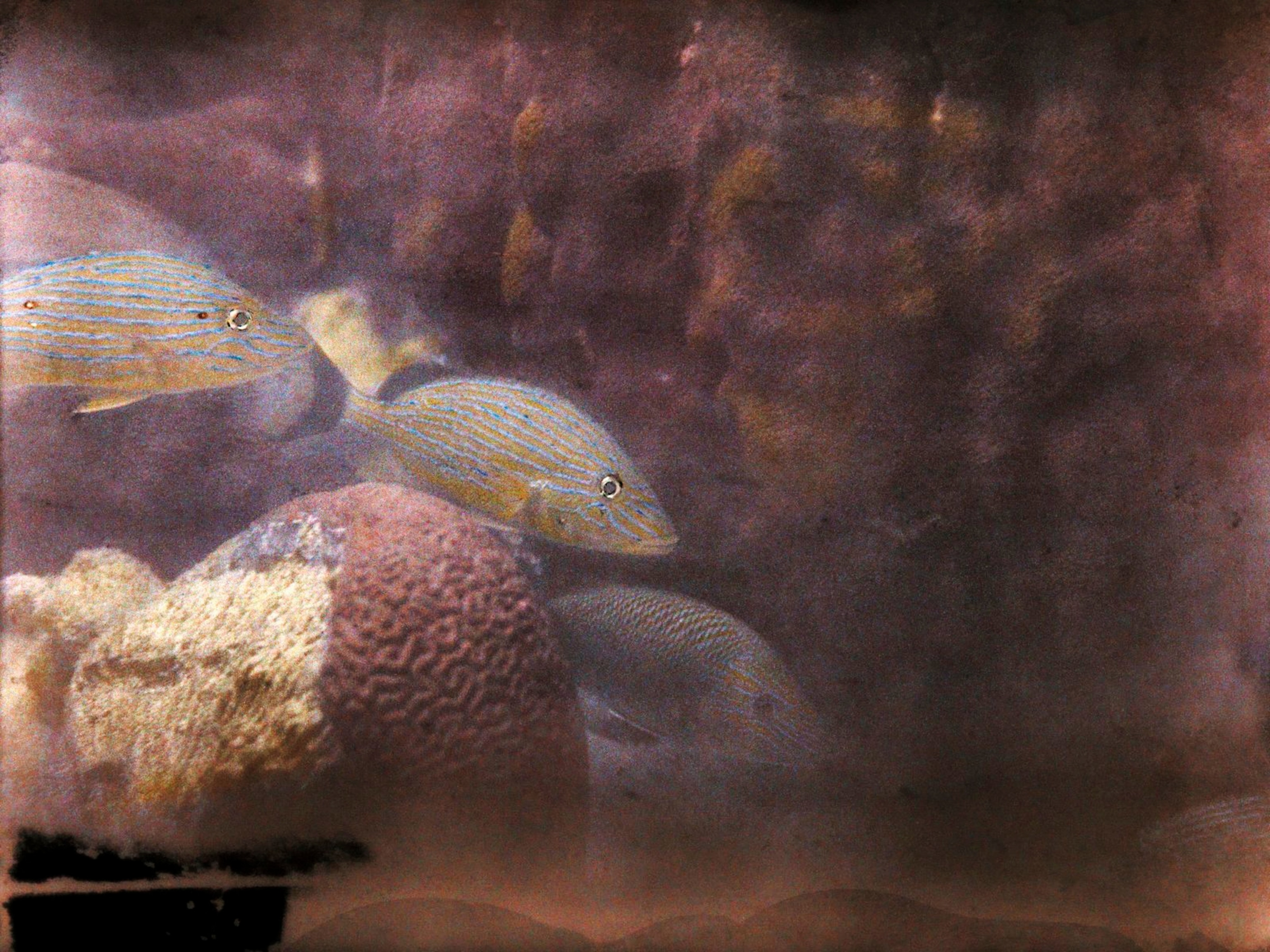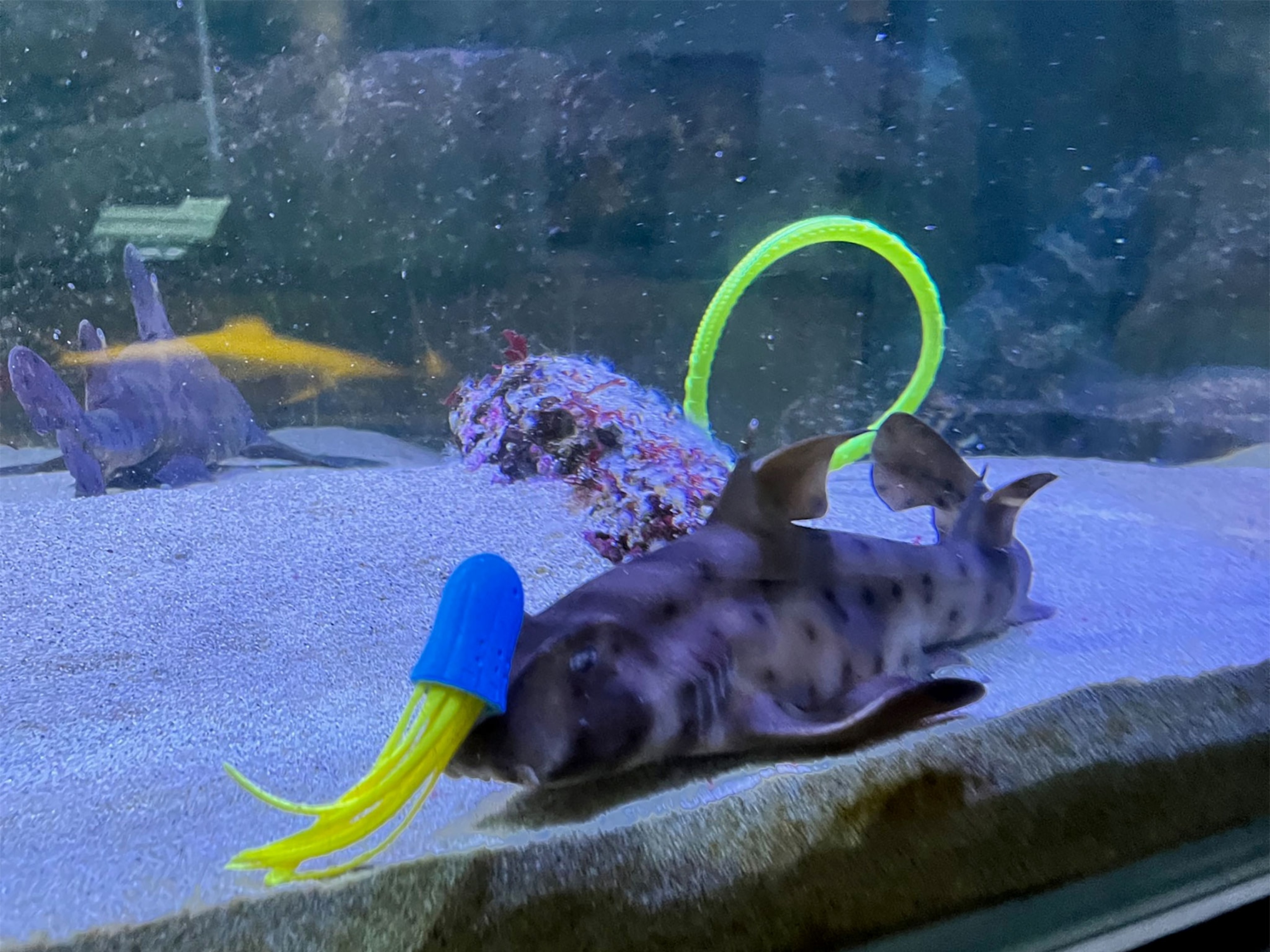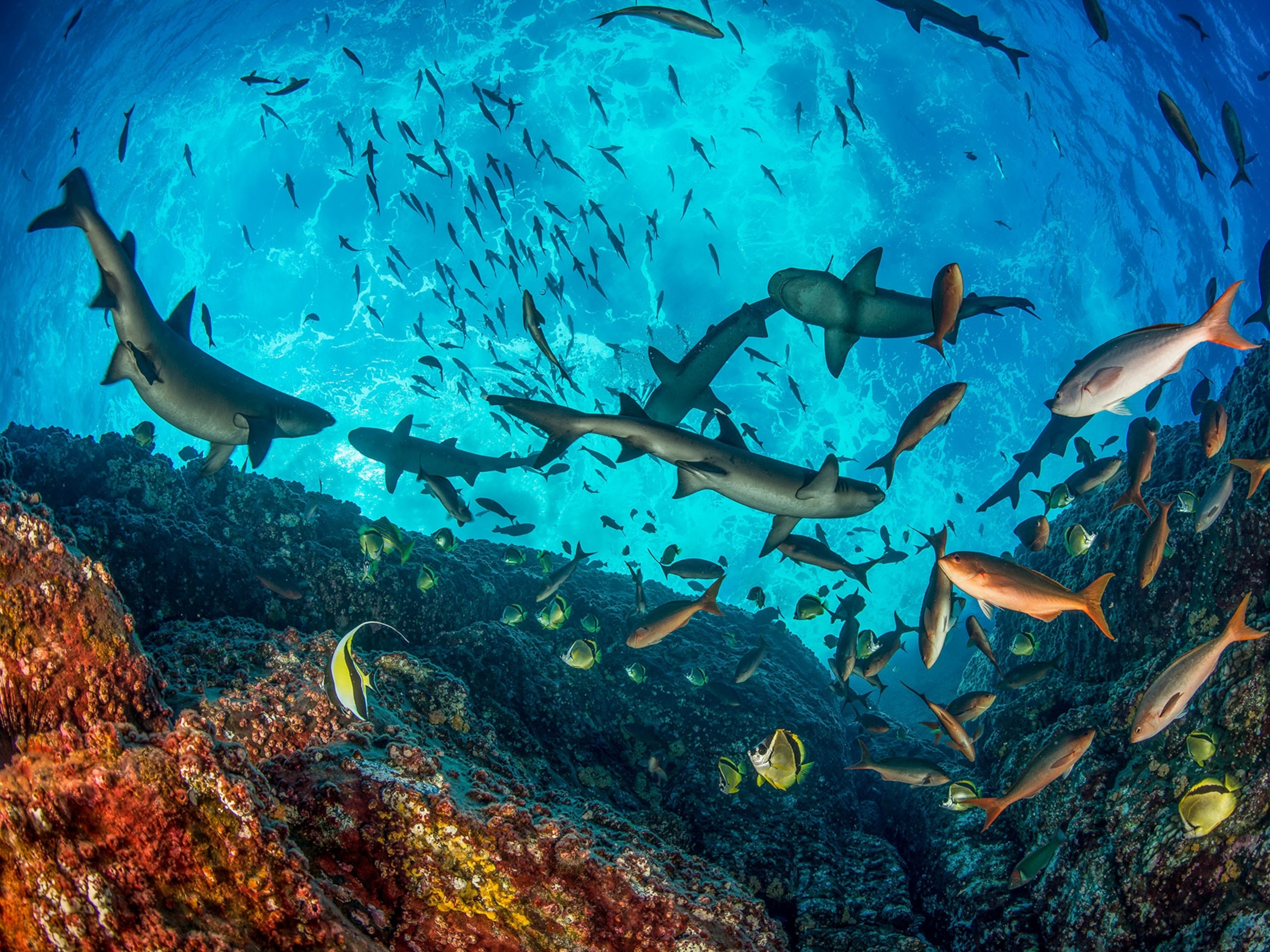Watch: Video of Rare Deep-Sea Shark Blows Researcher's Mind
After hours of staring at footage of a nearly barren seafloor, scientists are shocked when a Greenland shark puts in an appearance.
Every now and then, buried among hours of deep-sea video as exciting as watching grass grow, the ocean serves up a heart-pounding surprise—like a rare Greenland shark where none had been seen before.
Researchers spotted the shark in the Russian high Arctic, the first glimpsed so far northeast. It measured about 6.5 feet (two meters)—a "baby" for one of the largest shark species on Earth, thought to grow up to 23 feet (seven meters) long. For a species that remains an enigma to scientists even today, any new information—such as this sighting—is invaluable.
The lack of data on these mysterious deep-sea sharks might be exceeded only by the exuberance elicited by a sighting. National Geographic mechanical engineer Alan Turchik couldn't help himself when, after nearly three hours of watching sand on the seafloor interrupted by just one jellyfish, a Greenland shark bumped into his remote camera and lumbered through the video frame.
The discovery came last year as part of a project documenting the marine biodiversity of Franz Josef Land—a collection of 192 islands north of the Barents Sea. Funded and led by the National Geographic Pristine Seas project, researchers published the results of their survey this month in the scientific journal Peer J. (Read more about Franz Josef Land in National Geographic magazine.)
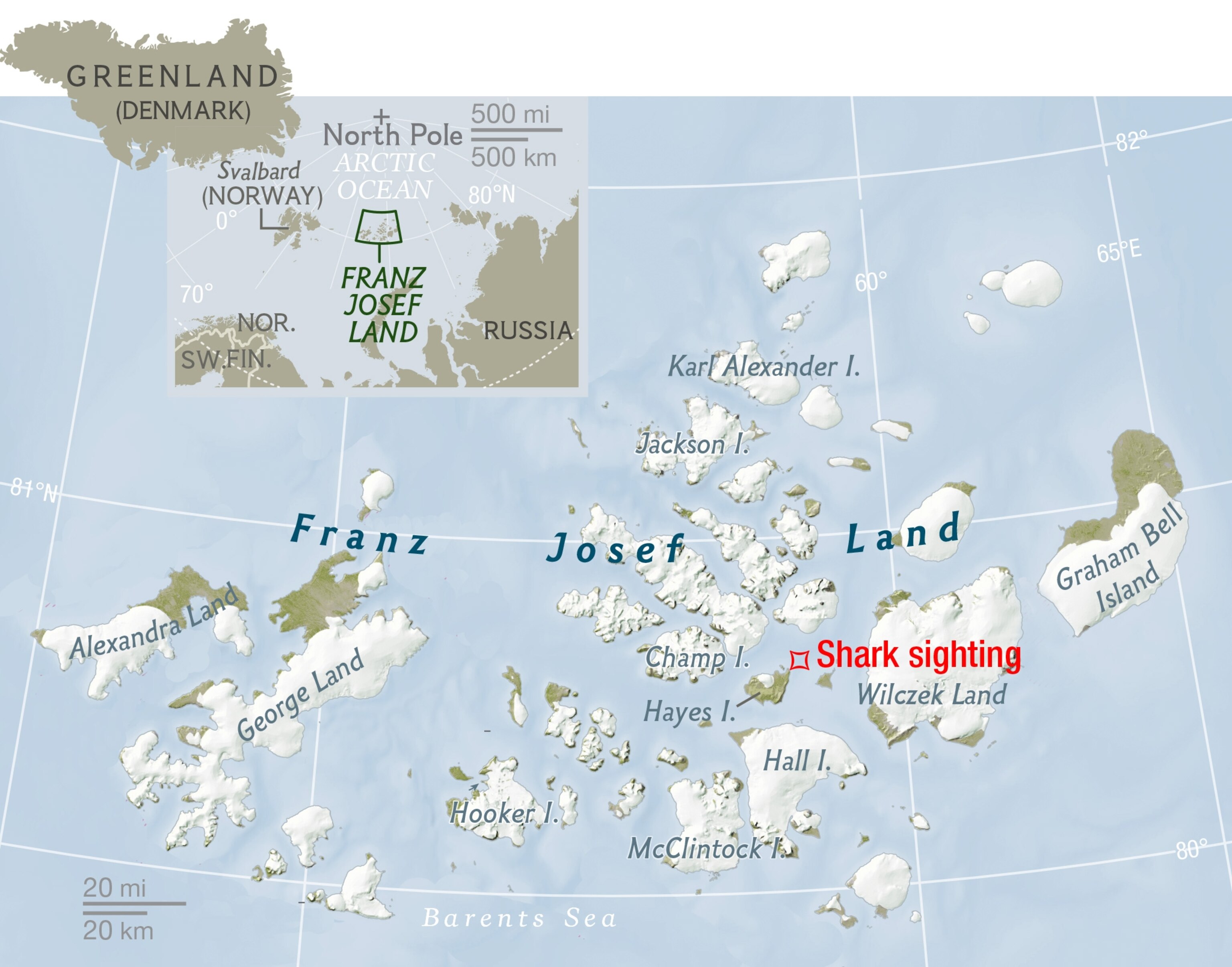
Catching Turchik's joyful, expletive-filled reaction on film was pure luck.
Cameraman Michael Pagenkopf wanted some shots of the team members working on the boat for a film about the expedition. So he trained the lens on Turchik, who was reviewing video footage he downloaded from his remote camera after recovering it from nearly 700 feet (211 meters) down.
Just as Pagenkopf swapped his camera's battery and started filming, the picture on Turchik's screen started bouncing around. It didn't take long to hear how the engineer felt about the shark.
"I didn't even know there were sharks up there," he says.
A Deep-Sea Enigma
These sharks are a conundrum, says Greg Skomal, a senior marine fisheries scientist at Massachusetts Marine Fisheries who wasn't involved in the survey. Scientists aren't sure how long the sharks live—a hundred years is one estimate—how big they get, or even if they're predators or scavengers.
Based on the sharks' stomach contents, "they seem to be chowing down on cod, wolffish, squid, and a variety of marine mammals," says Peter Bushnell, a fisheries biologist at Indiana University South Bend. They may also be taking bites out of beluga whales.
But Greenland sharks are slow-moving, and most are nearly blind thanks to a parasite that buries itself in the animals' eyeballs. "They don't seem to have the capability to swim very fast, and yet they're taking seals," says Bushnell, a former National Geographic grantee. (See "Slow Sharks Sneak Up on Sleeping Seals (and Eat Them)?")
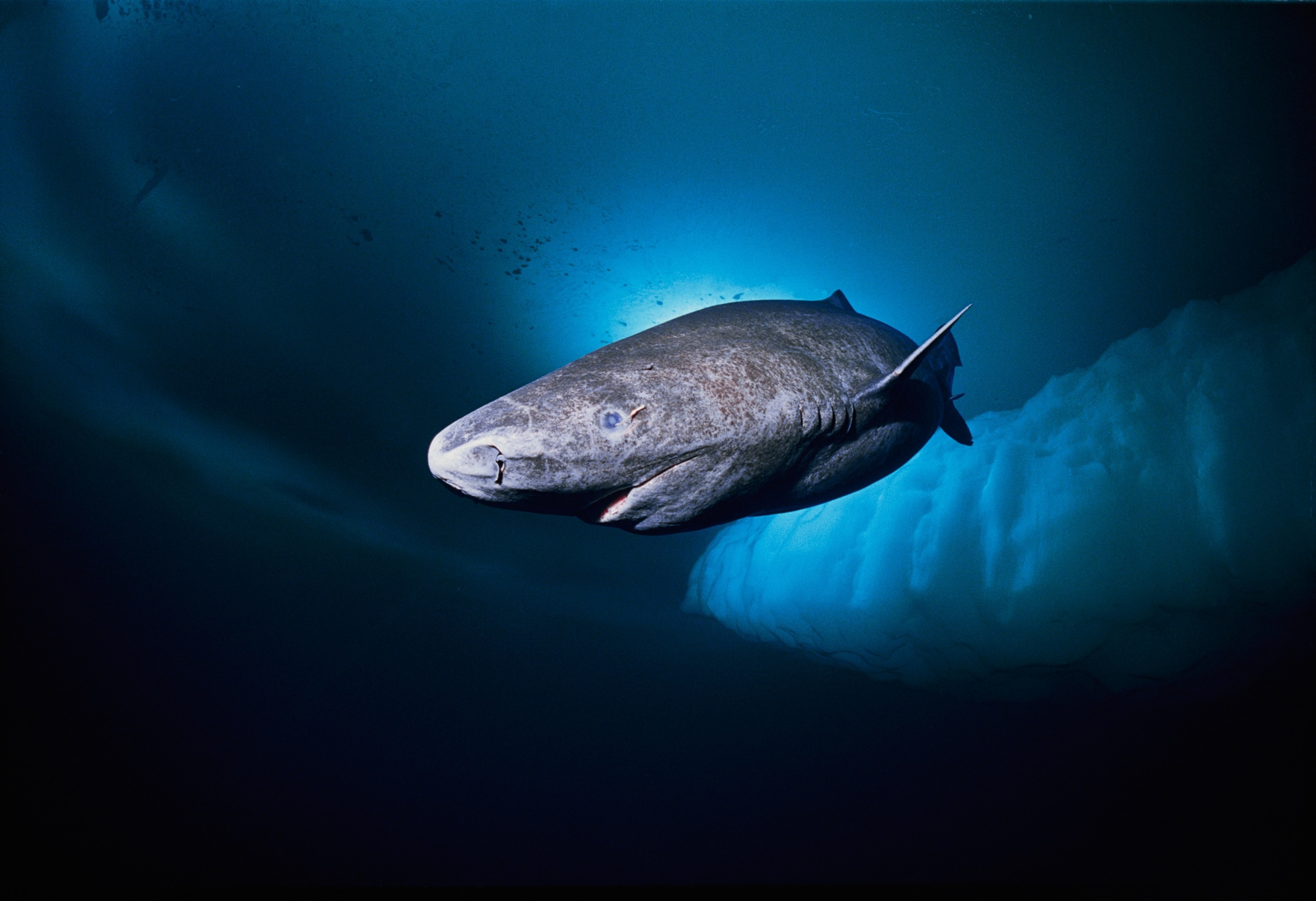
If the sharks were scavengers, scientists would expect to find a tiny kind of crustacean called an amphipod—which feeds on dead animals—in their stomachs, Bushnell explains.
But the fisheries biologist found virtually no amphipods in the Greenland shark stomach contents he's examined. The contradiction of such a slow-moving, mostly blind animal catching live prey such as seals has left fish biologists scratching their heads.
Toxic Meat
One reason so little is known about one of the largest shark species on Earth—like where they occur—is because there's no commercial fishery for them, Bushnell says. "If [people are] not fishing for them, they're not going to find out where they are."
There was a brief period in the 1930s when people caught Greenland sharks for the oil in their livers, but that market dried up once synthetic oils came along. And there's no market for the meat because it's potentially toxic.
Greenland sharks have a high concentration of a chemical called TMAO, which stabilizes proteins in their blood, Bushnell says. That chemical, however, if ingested in large enough quantities, can cause a host of problems.
Sled dogs fed Greenland shark meat exhibited symptoms including stumbling, vomiting, convulsions, and explosive diarrhea.
The chemical is not unique to Greenland sharks, but why their flesh causes such problems while other shark meat doesn't is a mystery.
In fact, "almost anything you ask me I'll probably have trouble [answering]," says Massachusetts Marine Fisheries' Skomal. Where Greenland sharks give birth, how big they are when they're born, or how large they grow are all unknown. "These are really basic questions about an animal that we know virtually nothing about."
Follow Jane J. Lee on Twitter.


